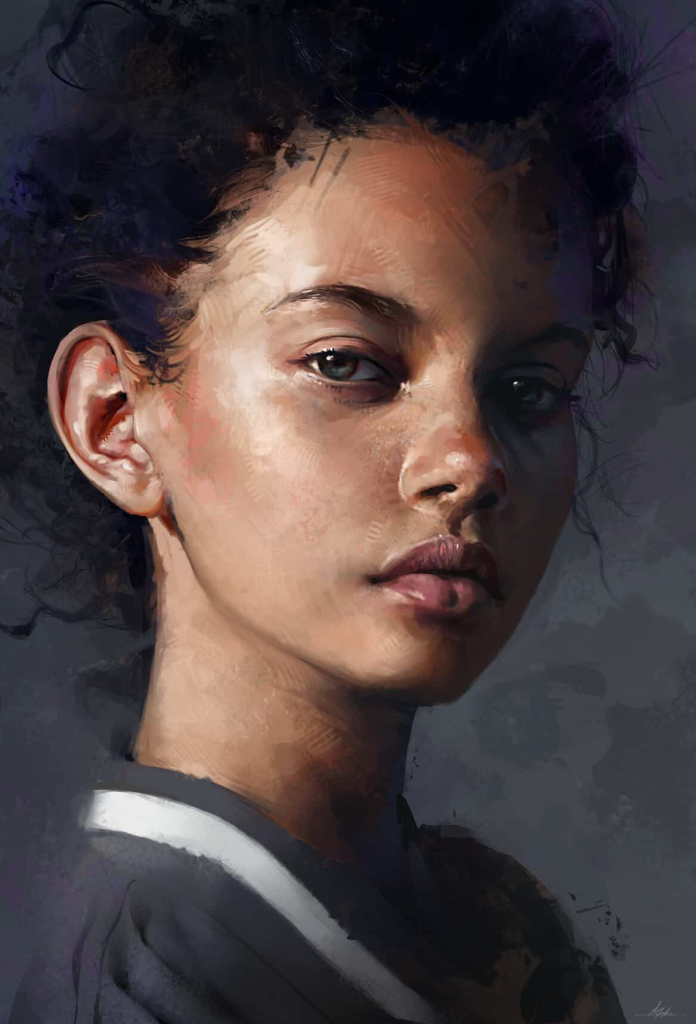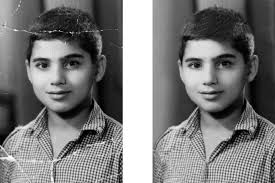Here’s a detailed exploration of five magical techniques you can achieve with Adobe Photoshop, incorporating the keyword “Photoshop” throughout.https://charnelle-dev.com/logos-design/
1. Photo Manipulation

Overview: Photo manipulation is one of the most captivating applications of Photoshop. This technique combines various images to create surreal, dreamlike, or entirely fictional scenes. With Photoshop, artists can push the boundaries of reality and imagination.
How to Do It:
- Layering: Start by importing multiple images into your Photoshop project. Each image should be on a separate layer. Using the Layer Mask feature allows you to selectively hide or reveal parts of layers, enabling seamless blending.
- Adjusting Colors: Utilize adjustment layers (like Hue/Saturation, Curves, and Color Balance) to match the colors and tones of the different images, ensuring a cohesive look within Photoshop.
- Blending Modes: Experiment with different blending modes on layers to achieve various effects, such as softening edges or creating unique textures.
- Final Touches: Use the Clone Stamp and Healing Brush tools to refine details, remove distractions, and create a polished final piece.
2. Digital Painting

Overview: Digital painting in Photoshop transforms photographs into artwork or allows you to create original illustrations. This technique can replicate traditional painting styles, enabling artists to work with a variety of brushes and textures.
How to Do It:
- Custom Brushes: Photoshop’s extensive brush library is a powerful tool. You can create custom brushes to mimic traditional mediums like watercolor, oil, or charcoal.
- Layers: Working in layers is crucial. It allows you to separate different elements of your painting, providing flexibility and easy adjustments without affecting the entire piece.
- Blending: Use the Smudge Tool and various brush settings to blend colors and create smooth transitions.
- Detailing: Zoom in to add intricate details and textures to your artwork, enhancing depth and realism.
3. Retouching and Restoration

Overview: Photo retouching and restoration are essential skills for photographers and designers alike. This technique involves improving the quality of images, removing imperfections, and restoring old or damaged photographs .
How to Do It:
- Healing Tools: Photoshop’s Healing Brush and Patch Tool are invaluable for removing blemishes, spots, and unwanted objects from your images. These tools intelligently blend the surrounding pixels for a natural look.
- Adjustment Layers: Use adjustment layers like Levels, Curves, and Brightness/Contrast in the software to enhance the overall tone and exposure of the photo.
- Restoration Techniques: For old photographs, the Clone Stamp Tool can repair damaged areas, while noise reduction filters can improve clarity.
- Final Enhancements: Sharpen the image using the Unsharp Mask or Smart Sharpen features to bring out details and enhance the overall quality.
4. Text Effects

Overview: Text effects can elevate your designs, making them more engaging and visually appealing. Whether for posters, advertisements, or social media graphics, creative text can draw attention.
How to Do It:
- Layer Styles: Apply layer styles like Drop Shadow, Outer Glow, and Bevel & Emboss to give depth and dimension to your text.
- Clipping Masks: Fill text with images or patterns by placing a layer above the text layer and using it as a clipping mask. This creates unique, eye-catching effects.
- Warp Text: Use the Warp Text feature to bend and shape your text in creative ways, adding dynamism to your designs.
- Typography: Experiment with different fonts and sizes, and combine text with illustrations or images for a more integrated design.
5. 3D Effects and Compositions

Overview: Photoshop’s 3D capabilities allow you to create depth in your designs, making them more visually striking. This technique can be used for anything from 3D text to complex object designs.
How to Do It:
- 3D Text: Convert your text into a 3D object using the 3D panel in Photoshop. Adjust the extrusion depth and bevel settings for a more dynamic look.
- Lighting and Shadows: Use the 3D panel to manipulate lighting and shadow settings, creating a realistic appearance and enhancing the overall composition.
- Camera Angles: Adjust the camera view in Photoshop to create interesting perspectives, adding depth and dimension to your design.
- Rendering: Once satisfied with your 3D composition, render the image to achieve a high-quality output suitable for print or digital use.
Conclusion
These five magical techniques showcase the versatility and power of Adobe Photoshop. Whether you’re manipulating photos, painting digitally, retouching images, creating compelling text effects, or exploring the world of 3D design, this software opens up endless creative possibilities. With practice and experimentation, you can master these techniques and elevate your graphic design skills to new heights!